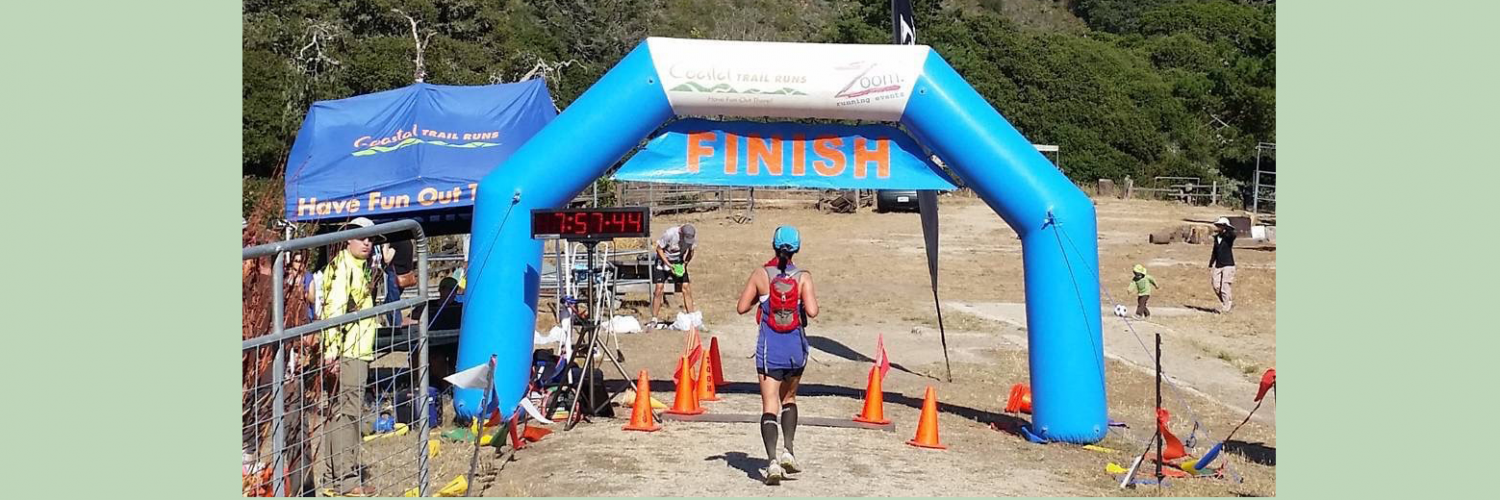Howdy friends! I promised a while back to review Anatomy for Runners by Jay Dicharry, so here I am to make good on my promise.
 Full Title: Anatomy for Runners: Unlocking Your Athletic Potential for Health, Speed, and Injury Prevention.
Full Title: Anatomy for Runners: Unlocking Your Athletic Potential for Health, Speed, and Injury Prevention.
About the author: Jay Dicharry is a certified physical therapist and expert in sports biomechanics. Formerly the Director of the SPEED clinic at the University of Virginia, he is now the Director at REP in Oregon and assists with the training of elite athletes such as ultrarunner Max King, NCAA champion Lauren Fleshmen, and triathlete Jesse Thomas. So, basically, this guy knows what he’s talking about.
About the book: The book is divided into 2 major sections. The first section discusses the science and theory behind running anatomy, mechanics, and form. The second part includes a quick test to assess strengths and weakness, followed by recommended exercises for the parts that you “failed”. It’s a very quick read; I finished it in 2-3 days, but will likely re-read more than once.
Recommended audience: Injured runners, runnerds who love learning about all things running, runners who sense they could be stronger, and runners who are interested in injury prevention.
Craziest fact I learned while reading this book: To truly elongate tissue/muscle, you need to strech 3-5 minutes a day for 10-12 weeks!! The good news is that, for running, you don’t necessarily want all of your muscles to be that elongated. The hamstring and achilles tendon/lower calf are the most crucial for proper range of motion.
Things I liked about this book: Dicharry does a good job of making some very dry subjects, such as anatomy and biomechanics, somewhat interesting. He writes in a very straightforward and occasionally irreverent tone, which I found enjoyable. The assessment was useful in identifying weakness — some I knew I had (single leg squats), and others I didn’t realize (bridges). The recommended exercises build on each other to make sure the fundamentals are there before getting to the more advanced exercises.
Things I did not like about this book: The section of recommended exercises is very disorganized. While there is a useful table identifying which exercises are recommended for particular weaknesses, the exercises themselves are not organized in any discernible fashion. I’ve had to flip through the book many times to find the exercise I was looking for. Then, when the prescribed exercise is finally located, it may or may not be described very well. Some of the exercises have great photos, exact descriptions, and recommended reps/sets. However, there are also quite a few exercises where there is one semi-informative photo, vague instructions, and no details regarding how many reps to do. Finally, it’s strange to me that a book like this does not have an index. It makes it extremely difficult to look things up, obviously.
Bottom line: Despite its faults, I recommend this book. I found it informative, interesting, and useful in identifying parts of my body that needed work. It’s also an economical way for injured runners to help themselves.
***
Quick training update! MAF training continues. Last week, I ran 22 miles (very slowly), swam 1400 yds, and did my strengthening routine (clamshells, etc.) 3 times. My hips feel good (knock on wood), though my low back is still kinda achey for unknown reasons.
Even though I’m not supposed to race during MAF training, I couldn’t help but sign up for a local 5K. Looking at last year’s results, I stand a good chance of placing in my age group even if I don’t run anywhere close to my PR. Actually, my PR would’ve gotten me 3rd overall woman, so that’s an exciting prospect. Anyway, it should be a fun (though painful!) race, especially since RC and LJ are running it too.




I just read Anatomy for Runners, and it makes so much sense to me that I’m *nearly* willing to forgive the book’s structural flaws. I agree the exercises were a bit of a mess, and I wish there was a companion website with videos. AND this really got my OCD goat – I don’t know what edition you had or even if there are different editions, but in the copy I read, the copyediting was nutso. There were grammar errors, spelling errors, and at one point ‘Charlie’ turned into ‘Mike’ mid-paragraph… distracting. On the whole though, it is a really, really useful book.
Enjoy that 5K! 🙂
YES, the book definitely needed copyediting! I couldn’t believe all of the typos… I understand the need to cut corners, but couldn’t Dicharry get a good friend to proofread the book for him? As for videos, I read online (I think it was an Amazon review) that Dicharry did want to include videos, but the publisher nixed it, saying it was too expensive. I’ve heard there’s a new book called “Build Your Running Body” which has a similar approach to AFR, but also includes things like nutrition.
Thanks for doing this review! I’ll check it out.
You’re welcome! Hope you find the book useful.
Interesting! Very curious to give it a look!
Let me know what you think!
I think you already know that I love this book! I agree about the exercises–a couple of them I had to look up on YouTube because I didn’t understand the instructions.
Oh, I meant to give you a shout-out because your post was the reason I finally got it, after many months of consideration. So thanks! And I agree about the exercises — I also had to look up some of them online.